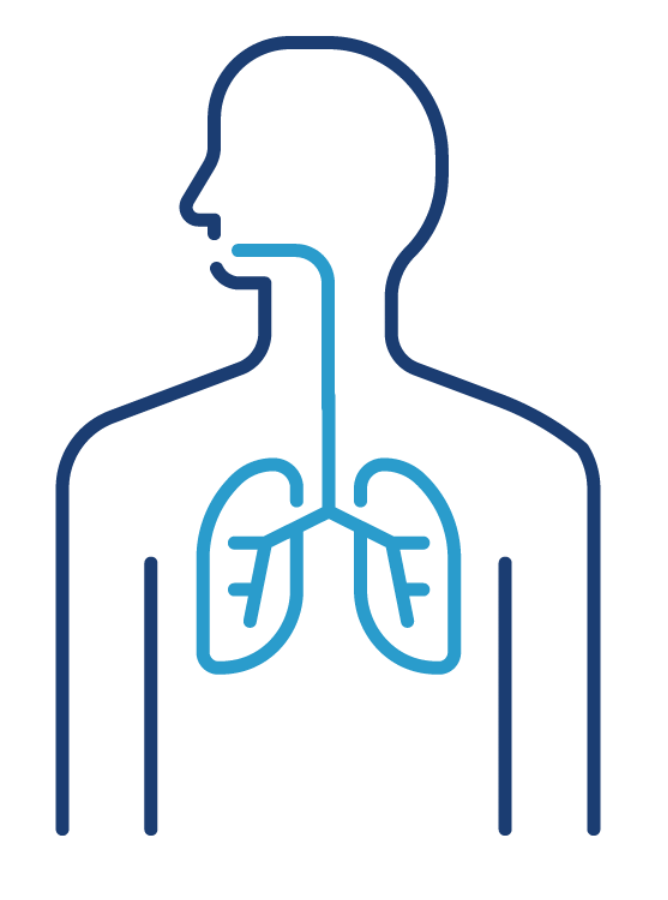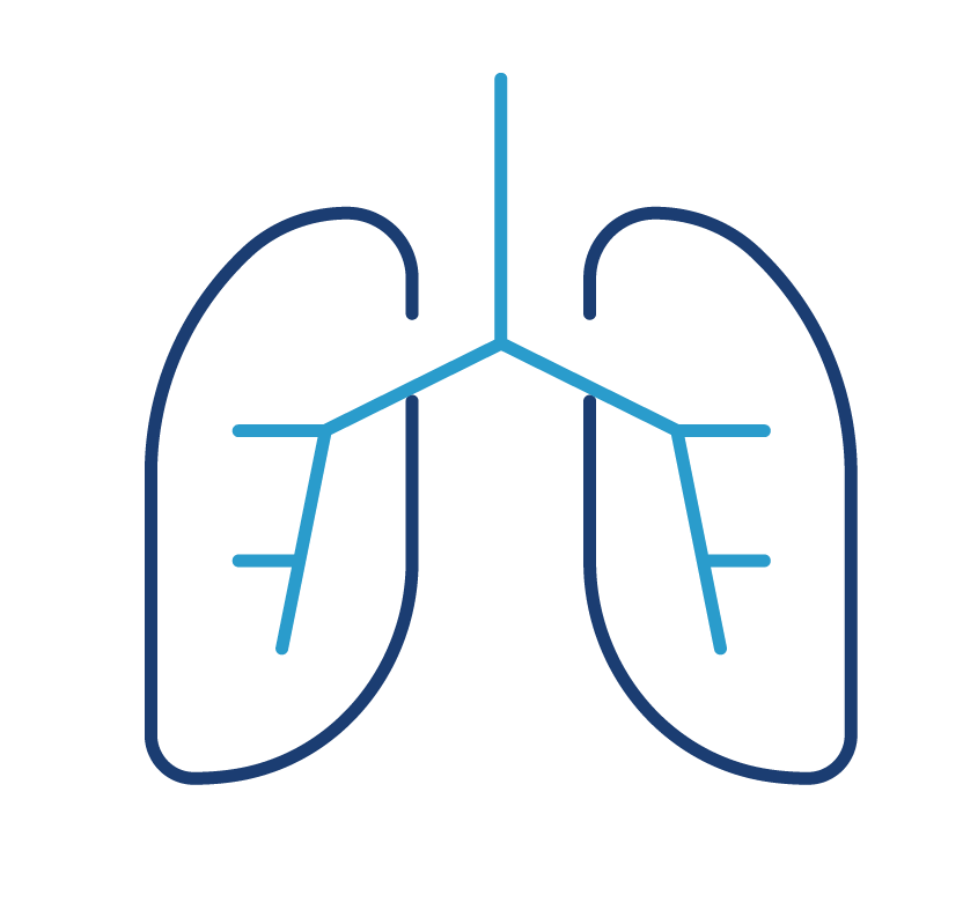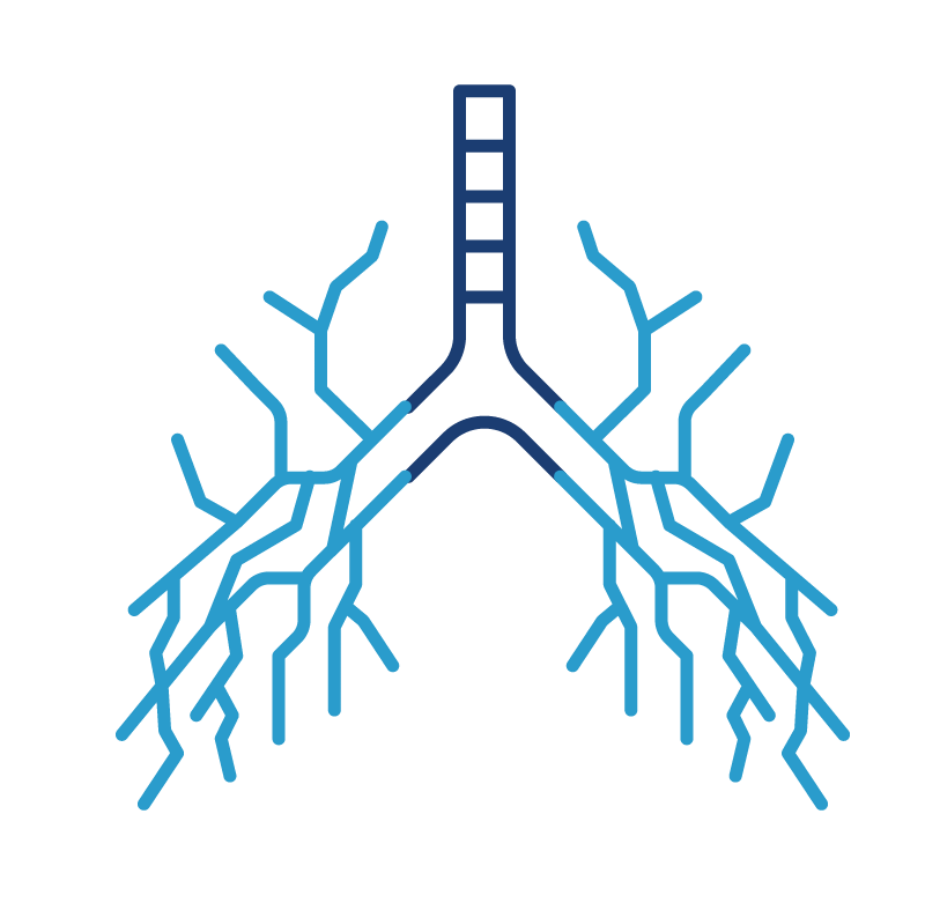
What is in the air?
- PM10 – Dust, pollen
- PM2.5 – Exhaust, combustion
- PM1.0 – Ultrafine particles
PM1.0 provides the biggest health risk due to having the deepest lung penetration.
Where it comes from
- Combustion engines
- Brake & tire wear
- Resuspended dust
- Atmospheric reactions
Who's at risk?
- Tunnel Users
- Tunnel workers
- Pedestrians & cyclists
- Daily commuters
Why Monitoring Matters
- Detect harmful PM levels in real time
- Improve worker safety & public health
- Smarter ventilation and traffic control
Measurement Technologies and Strategies
Real-time measurement of particulate matter concentrations in road tunnels and underground railway structures is crucial for maintaining safe air quality. It enables compliance with occupational health standards such as OSHA and the EU Directive 2008/50/EC, supports the timely activation of ventilation or filtration systems, and informs decisions on traffic regulation or tunnel closure during pollution peaks. Additionally, this data is valuable for epidemiological studies and health risk assessments.
Technologies commonly used include
Optical Particle Counters (OPC): Estimate size and concentration based on light scattering.
Gravimetric Samplers: Measure mass concentration over a period.
Beta Attenuation Monitors (BAM): Provide continuous measurements with high accuracy.
Laser-based LIDAR systems: Map particle concentrations spatially within
The Importance of Measuring PM1.0, PM2.5 and PM10
A Human Health Aspect
Particulate matter (PM) pollution in road tunnels poses a serious health risk due to limited ventilation and high vehicle traffic. Monitoring PM1.0, PM2.5, and PM10 in these enclosed spaces is essential to protect public health. Our research highlights the importance of real-time PM monitoring to reduce exposure risks, raise awareness, and create safer environments for everyone on the road.
Cleaner Air Starts Below Ground
Air pollution is a major global health concern, and particulate matter (PM) is one of its most dangerous elements. Road tunnels, with their enclosed design and heavy traffic, often trap high levels of PM – far more than what’s found in open urban air. These particles, from vehicle emissions, brake wear, and dust, pose serious risks to both workers and the public, especially as tunnels increasingly welcome pedestrians and cyclists. Real-time PM monitoring in tunnels is a vital step toward safer, healthier environments underground.
Sources, Characteristics and Dangers of PM in tunnels
The composition and size distribution of PM in tunnels is influenced by multiple factors:
- Combustion Emissions: Diesel and gasoline engines emit fine and ultrafine particles, including soot and organic compounds.
- Non-Exhaust Emissions: Mechanical wear from tires, brakes, and road surfaces contributes significantly to PM10 and PM2.5 fractions.
- Resuspension: Vehicle-induced turbulence lifts settled dust back into the air.
- Secondary Particulate Formation: Volatile organic compounds (VOCs) and nitrogen oxides (NOx) can undergo chemical reactions to form secondary aerosols.
PM1.0, in particular, is dominated by combustion-origin ultrafine particles, which are biologically more reactive and capable of deeper penetration into the human body.
Human Health Impacts of PM Exposure

PM10
Increased symptoms such as coughing and wheezing, the development of chronic bronchitis, and the aggravation of existing conditions like asthma. These effects can lead to a rise in hospital admissions for respiratory diseases, highlighting the serious impact of air pollution on public health.

PM2.5
PM2.5 particles are small enough to penetrate deep into the alveolar region of the lungs, where they can cause significant health effects. These include inflammation of lung tissue, altered heart rate variability, and an increased risk of myocardial infarction. Prolonged exposure is also associated with the development of chronic respiratory and cardiovascular diseases, and over time, has been linked to a reduction in life expectancy.

PM1.0
PM1.0, which consists mainly of ultrafine particles, is particularly concerning due to its ability to cross the alveolar-capillary barrier and enter the bloodstream. This enables it to cause a range of harmful effects, including oxidative stress, DNA damage, neuroinflammation, and potential links to neurodegenerative diseases. It has also been associated with endocrine disruption and adverse impacts on fetal development and birth weight. Emerging research indicates that PM1.0 may be significantly more toxic than larger particles, owing to its high surface area, chemical reactivity, and its capacity to carry harmful substances deep into body tissues.
Occupational and Public Exposure in Tunnels
Tunnel workers, such as maintenance staff and traffic operators, face increased health risks due to prolonged exposure to high levels of particulate matter. Commuters, cyclists, and pedestrians using tunnels also experience repeated low – to medium-level exposures. Personal exposure depends on factors like the duration of time spent in the tunnel, proximity to emission sources, tunnel design and ventilation, and the type and volume of traffic. Protective measures should prioritize vulnerable individuals, including children, the elderly, and those with preexisting health conditions.
Заключение
Measuring PM1.0, PM2.5, and PM10 in tunnels is a public health imperative. Tunnels represent unique microenvironments where high PM concentrations converge with dense human exposure. By understanding the sources, behaviour, and health impacts of PM within these confined spaces, stakeholders can better protect both workers and the general population. Investing in robust monitoring and mitigation strategies not only enhances tunnel safety but contributes to broader urban air quality goals.

